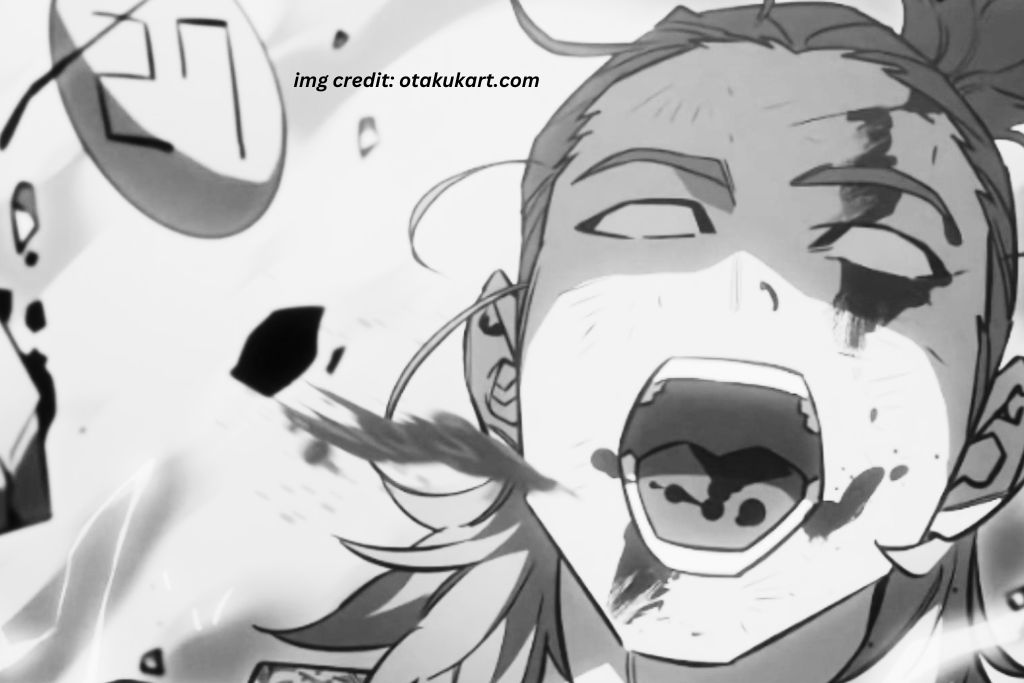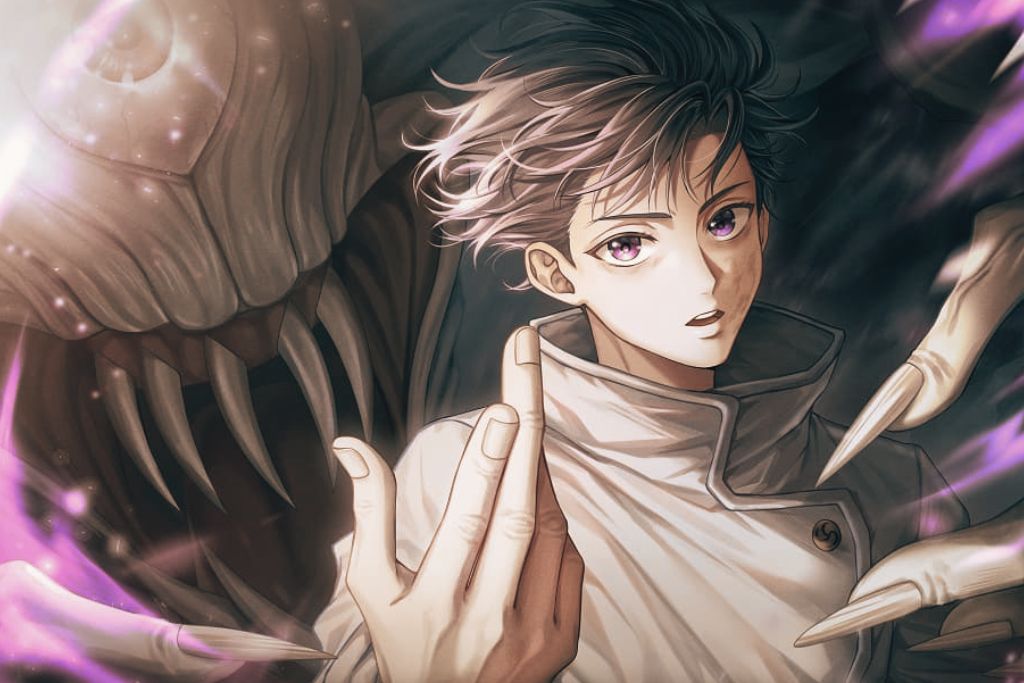Eiichiro Oda’s One Piece stands as an extraordinary manga within the Shonen Jump realm, captivating audiences for over two decades. Maintaining such a consistent and high level of quality over this extended period is a remarkable feat, solidifying One Piece as a pinnacle in the world of fiction. The series, divided into two parts, unfolds an epic narrative following protagonist Luffy’s journey from the East Blue to the Grand Line, concluding the initial Paradise half of this vast ocean expanse.
The second half of One Piece ventures into the New World, separated from the first by a significant 2-year timeskip following the intense Paramount War arc. This particular timeskip holds unique significance in the narrative, initiated after Luffy’s arduous attempt to rescue his brother, Ace.
The Summit War arc unfolds on the island of Sabaody Archipelago, where Luffy and the Straw Hat Pirates face perilous challenges, leading to their separation and Luffy’s exile to Amazon Lily. Learning of Ace’s impending execution, Luffy embarks on a mission to save his brother.
Despite facing numerous obstacles, including a failed attempt to rescue Ace at Impel Down, Luffy’s determination prevails. The Paramount War rages on at Marineford, as Luffy faces daunting obstacles to rescue Ace. Tragically, Ace sacrifices himself to protect Luffy from Admiral Akainu’s fatal blow, prompting Luffy to confront his perceived weakness in safeguarding loved ones.
One Piece: Oda Explains Why There Was a Two-Year Time Skip

Eiichiro Oda’s decision to implement the two-year timeskip stemmed from his vision for Luffy’s growth. The narrative demanded that Luffy attain the strength necessary to face the formidable Emperors of the Sea.
Oda believed that a premature victory against an Emperor before the timeskip would undermine the story’s coherence. Ace’s demise presented a pivotal opportunity for Luffy to undergo significant development, motivating him to become a more formidable pirate.
Luffy’s mentorship under Rayleigh on the island of Ruskaina during the 2-year timeskip played a crucial role in his evolution. Rayleigh’s training in Haki contributed to Luffy’s substantial growth, aligning with Oda’s overarching narrative plan.
Why 2 Year Timeskip
The specific duration of the timeskip, set at two years, wasn’t arbitrary; it directly aligned with Luffy’s character arc. Beginning his pirate journey at 17, Oda aimed to strike a balance between Luffy’s maturation and his enduring childlike nature. Oda wanted Luffy to return as a more mature and powerful character without alienating the audience that had grown attached to his youthful spirit.
This decision proved to be a masterstroke, as Luffy’s return at 19 struck the perfect balance, showcasing growth while preserving the essence of his character. The 2-year timeskip not only revitalized Luffy but also propelled him to new heights.
His recent victory over Yonko Kaido and his ascent to Emperor of the Sea have intensified the anticipation among fans for Luffy’s pursuit of the One Piece and his ultimate dream of becoming the Pirate King. With each passing chapter, the realization of this dream inches closer, keeping fans eagerly engaged in the unfolding saga.



